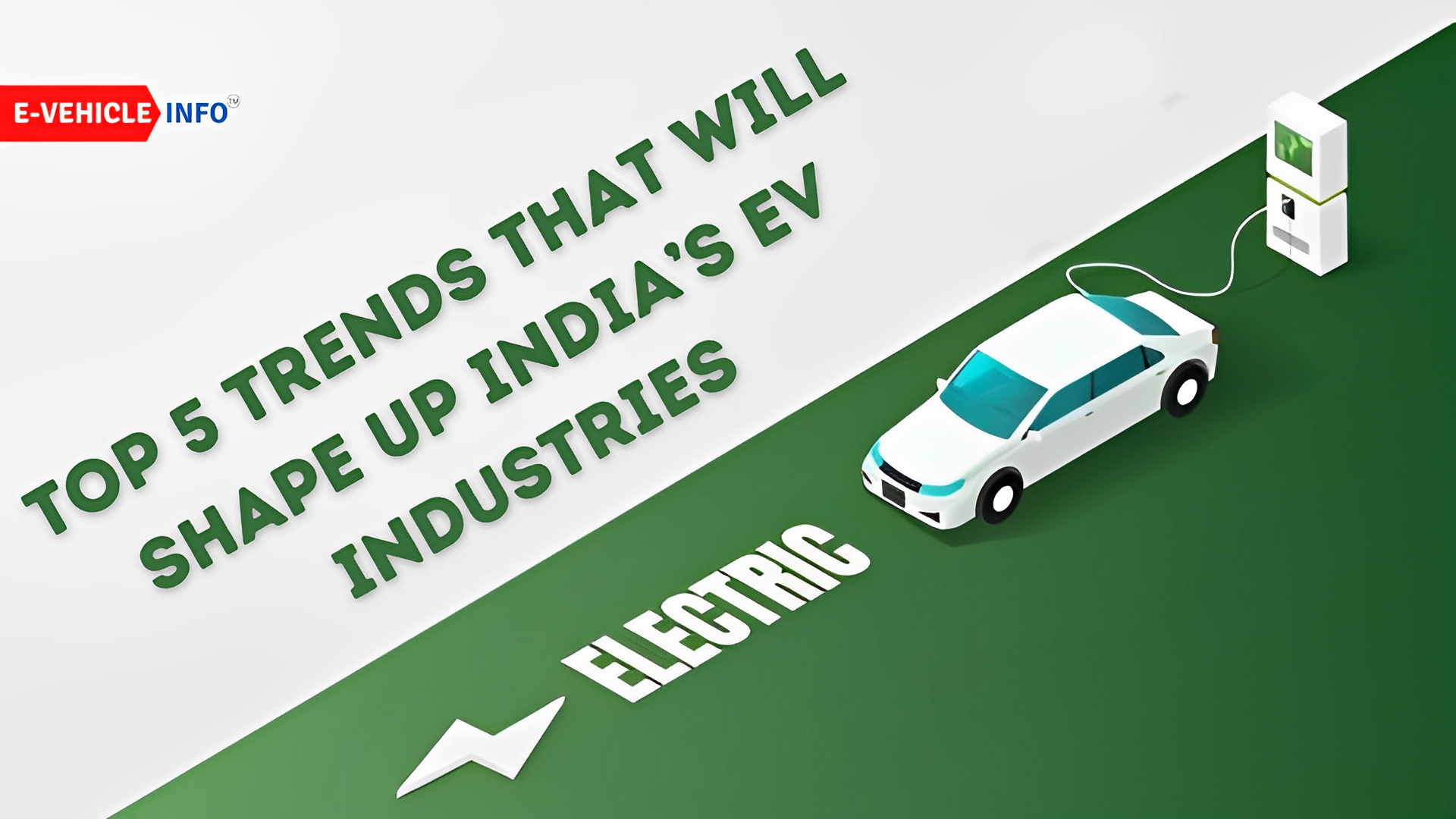Table of Contents
Trends that will Shape Up India’s EV Industries
India is committed to achieving a net-zero carbon emission economy by 2070. And also, the shortage of petroleum products and the increasing reliability and availability of renewable energies like Solar, wind, and green hydrogen eased the adoption of electric vehicles EVs/PHEVs.
In India, in the financial year 2022, 4,29,217 electric vehicles have been sold as compared to 1,34,821 EVs sold in the financial year 2021. Still, the EVs/PHEVs adoption rate is about 2% due to the huge price difference between EVs and conventional IC engines, the lack of charging facilities, immature battery technologies causing range anxiety, and improper awareness among buyers.
Here are the top five trends that should be taken by the government and EVs manufacturers collectively to Shape up EVs industries in India.
#1. Unhindered accessibility of Raw materials, Power Electronic Chips, and other required components for manufacturing EVs in India
This step is mainly for the government to take. When an electric vehicle is completely manufactured in India becomes cheaper than imported EVs because of the less labor and transportation cost.
The government should be in good relations with respective countries that are the major producer of EV components or raw materials for unhindered supply chain and cheap raw materials for manufacturing EVs in India.. For example, Li-metal ore is largely found in Chile, Australia, Argentina, and China while Silicon (used in Electronics chips) is found in China, Russia, Brazil, and Norway. We have seen how the shortage of electronic chips due to COVID-19 has slowed production worldwide.
 | 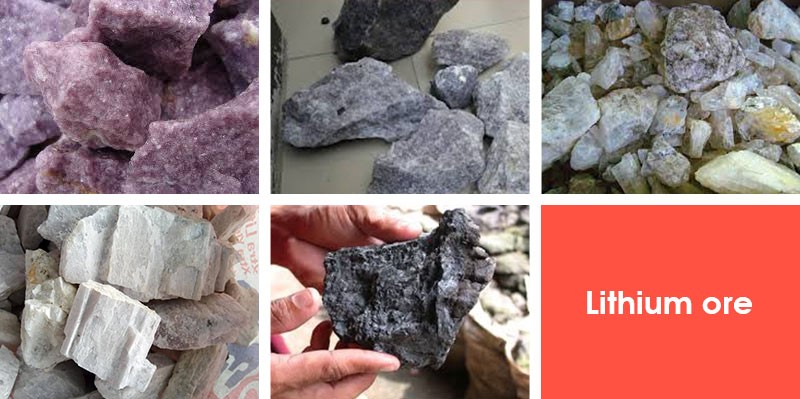 |
Providing subsidies and relaxation in taxes on the purchase of EVs, and providing more loans and incentives to OEMs like FAME-I and FAME-II are some steps that the government can take to boost EV industries in India.
Giving an easy pathway to the export of EVs from India will also boost EV industry in India.
#2. Increasing EV related Infrastructures
These infrastructures can be charging stations (including AC and DC- fast charging), Service centers, etc.
At present, the first fear of an electric vehicle buyer is the range. This can be overcome by improving energy storage (battery/fuel cell) technologies and increasing the number of charging stations (especially fast charging varying between 50 kW – 250 kW and even more). The aim is to have a charging station in every three-square km grid in cities and within 40km on both sides of the highway.
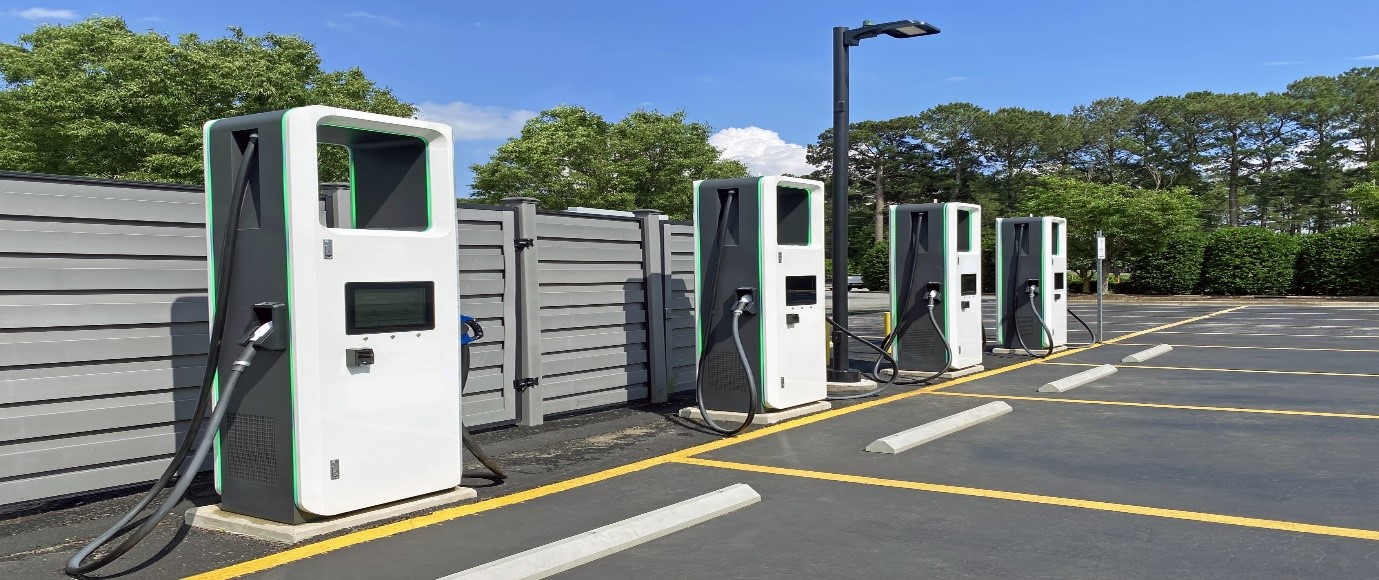
The more the number of charging stations available the more will be convenient for users to charge their vehicles and hence will increase the reliability of EVs.
The concept of smart charging is also very beneficial as it intelligently allows the power transfer between grid-to-vehicle (G2V) and vehicle-to-grid (V2G) hence properly utilizing the tariffs and load on the grid system.
#3. Improvement in Energy Storage Systems
It means battery, fuel cells, ultra-capacitor, flywheel, etc which is used to power the propulsion system of EVs. At present mainly battery (Li-ion batteries) is used to power because of its unique features high energy density, cycle life, and comparative support to fast charging.
But it is costly and also requires a costly battery management system for its optimal use which increases the cost of EVs. And also, it is immature in recycling so customers are not getting values (return on investment) from used Li-ion batteries.
 | 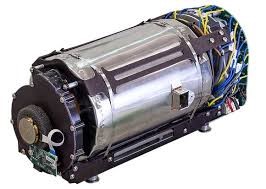 |
However, many other batteries like solid-state batteries, and metal-air batteries are being explored to increase the energy capacity of EVs.
The concept of e-Highways is very influential for EV Automotives especially for heavy vehicles like trucks and buses as they can direct get power from the grid through pantograph or wirelessly and therefore decreasing the battery size and hence cost and weight of EVs will also reduce.
#4. Increasing User Experience
The better experience a user gets in driving an electric vehicle the more user is attracted to purchase an electric vehicle.
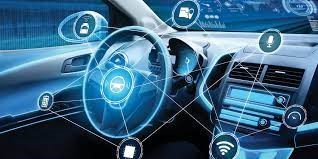
The electric vehicle is already giving very less noise and vibrations during driving but the use of the internet of things (V2X) and artificial intelligence lead to autonomy in driving (increasing level of ADAS) will further increase good experiences for the user. Advanced driver-assistance system (ADAS) not only reduce driver efforts but also prevents road accident.
#5. Increasing Power System Infrastructures
EVs’ success depends on the availability of power in the country. The electric vehicle will meet its aim only when the power is generated from renewable sources as it will help in achieving a net-zero carbon emission economy.
EVs are highly unpredicted mobile loads for the power grid causing the generation of harmonics generation and voltage drop in the grid. For better performance of the grid, solar parks should be located near super-charging stations.
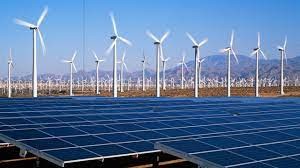 | 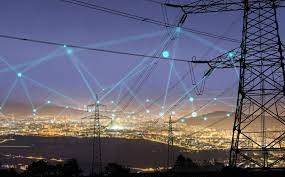 |
At present, the Indian grid can hold less than 20 % of total internal combustion (IC) engines number if they become electric.
Read More:- Formula Bharat Prepares Young Engineers for the EV Industry

